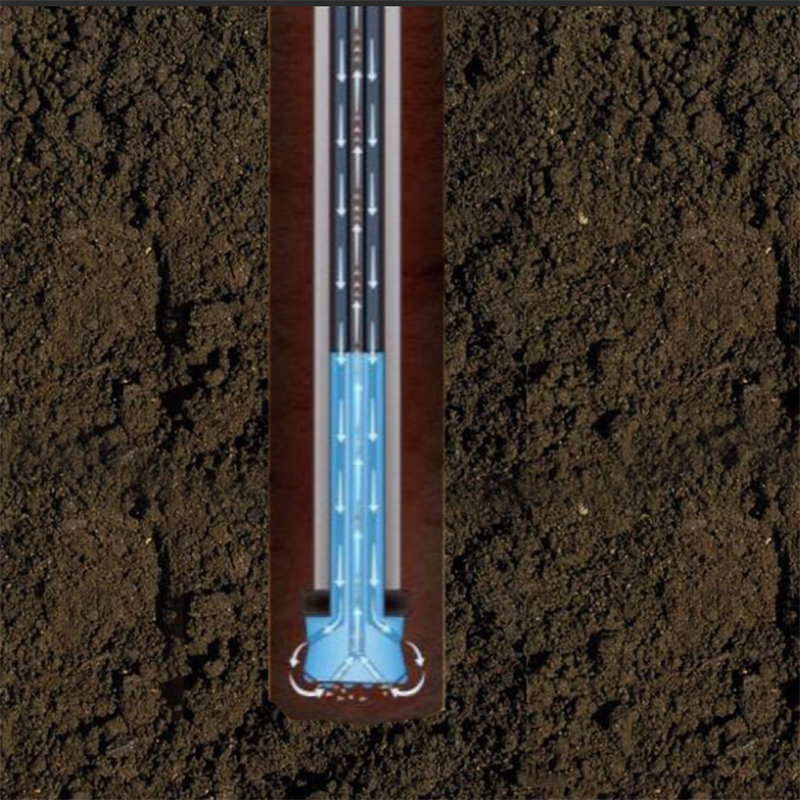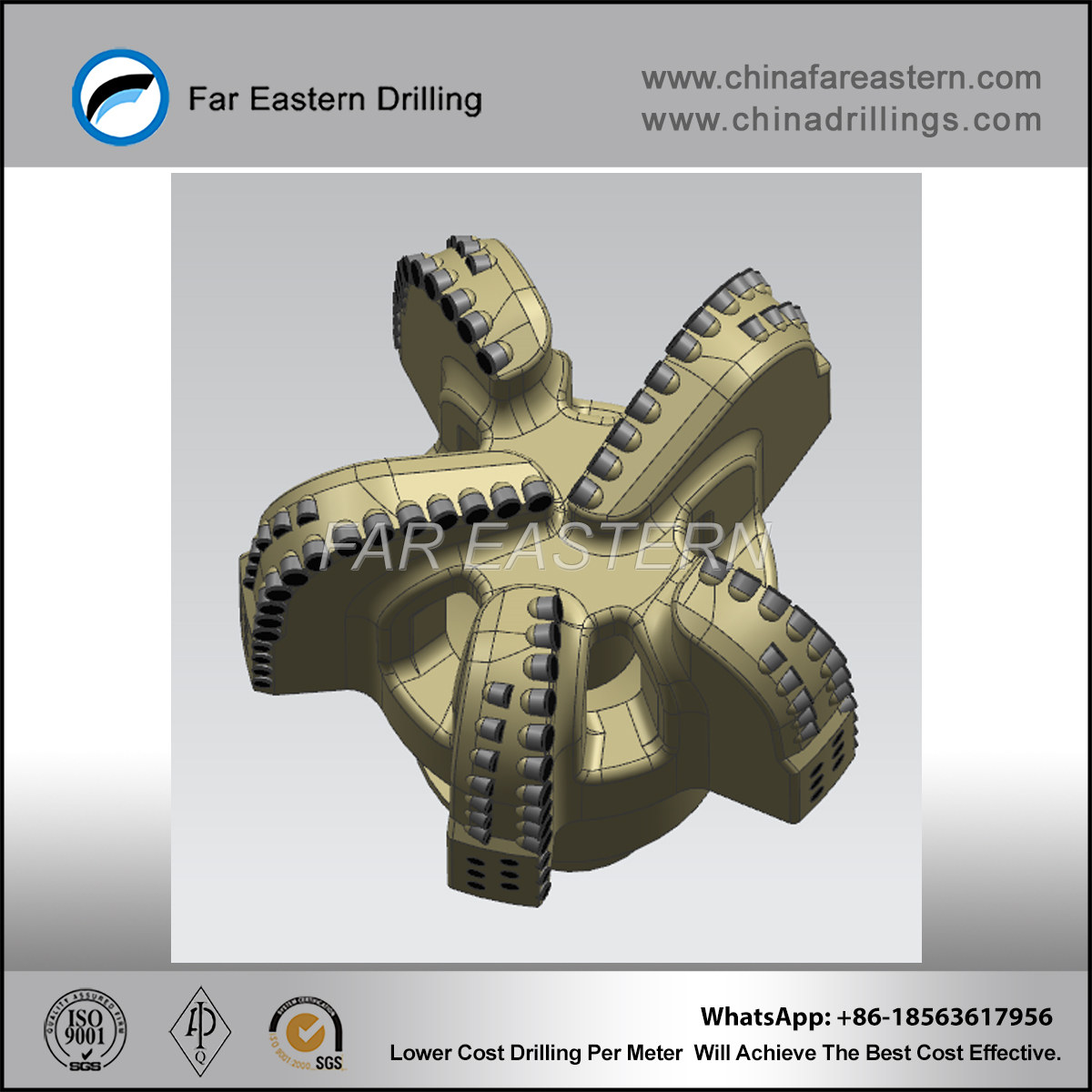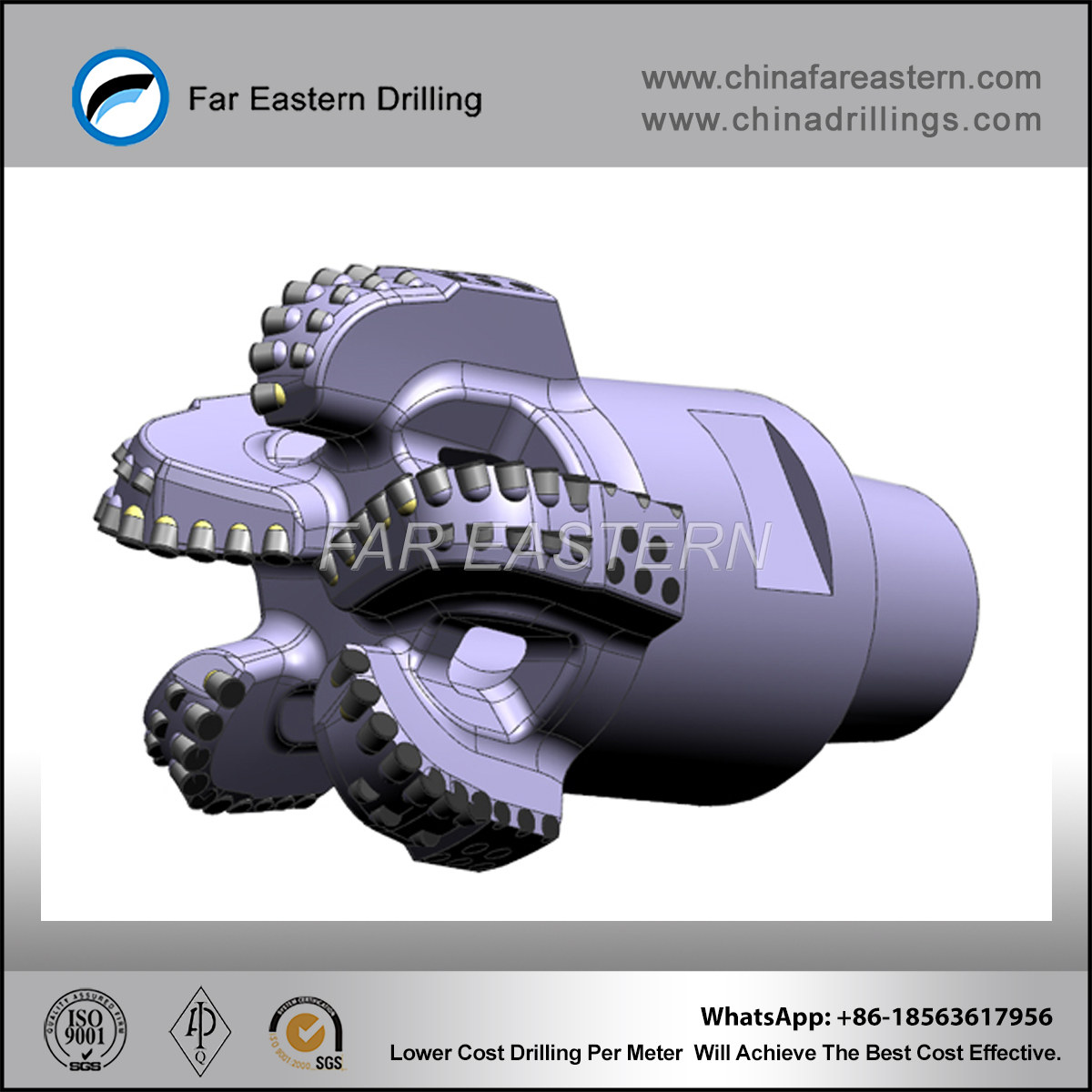The Basics of Reverse Circulation Drilling
Horizontal directional drilling isn’t something new. People drilled wells more than 8,000 years ago for subsurface water in hot and dry areas, just not with PDC bits and mud motors like we do today.
There are so many things to consider when choosing a drilling method. This statement is especially true when you are drilling for exploration or grade control. Most contractors and petroleum engineers usually opt for reverse circulation drilling because it confers many advantages over other drilling methods.
Before highlighting the benefits of reverse circulation drilling, let’s define what it is for a clearer picture.



What is Reverse Circulation Drilling?
Reverse circulation drilling is a drilling method which utilizes reverse circulation PDC bits, and rods with double walls to achieve drilling and sample collection. The outer wall has inner tubes that allow the cuttings to be conveyed back to the surface as the drilling process continues.
Reverse circulation still allows the attachment of hole openers but differs from diamond drilling in that it collects rock cuttings instead of rock core. The drill uses special reverse circulation bits driven by a pneumatic reciprocating piston or the hammer.
These reverse circulation drill bits are made of tungsten, steel , or a combination of the two because they are strong enough to cut through and crush very hard rock. Through its piston movements, the hammer can remove the crushed rock, which is then conveyed to the surface by compressed air. The air blows down the annulus. This creates a shift in pressure that results in reverse circulation, which conveys the cuttings up the tube.
Reverse circulation drilling is great for sampling underground rock matter for stratification analysis and foundation engineering purposes.
Now that you know what it is, let’s take a look at some of the benefits of reverse circulation drilling.
Useful for Obtaining Uncontaminated Samples
Reverse circulation drilling eliminates any cross-contamination of rock cuttings when it is conveyed to the surface, as the cuttings travel through an enclosed inner tube with only one opening at the surface where the sample is collected. You can, therefore, collect a large number of high-quality samples for analysis.
Incredible Penetration Rates
The specialized reverse circulation bits are much stronger than normal completion bits because of the tungsten-steel composite tips. Reverse circulation drills operate at faster rates and retrieve the cuttings in record time. The velocity through which the cuttings are conveyed back to the surface could easily peek at 250 meters per second
Versatility in Adverse Conditions
Reverse circulation drilling is not a complicated process and doesn’t require a lot of water. This feature makes reverse circulation drilling ideal even in places where water is scarce like the great outback or semi-arid areas.
Less Costly
Reverse circulation drilling is very cost-effective, especially compared to diamond drilling. Not only because of the reduced cost of operation, but also because of the short time it takes to complete the drilling. Overall, reverse circulation drilling can cost up to 40% less than conventional drilling. If you’re drilling in areas with rough terrain, the cost-effectiveness could even double.
Reverse Circulation for Grade Control
The quality of samples obtained is of utmost importance in any exploration program to carry out correct mine planning or for the placement of explosives. Grade control is what is used to define the blocks and ore grades. Reverse circulation drilling is great for grade control because:
- It requires less handling than other methods
- Obtained samples are free of any contaminants
- Faster turn around time
- Obtained samples can be taken straight to the lab for analysis
The most crucial element of any reverse circulation drilling operation is the sample cuttings. Many methods can be used for sample recovery, but the main target is getting as much quality samples as possible in the shortest time.
If you need any reverse circulation drilling services, remember to seek only licensed professionals who know their way around a reverse circulation drill and are well versed with the various procedures. Request that they only use certified high quality reverse circulation PDC bits to avoid any delays resulting from broken drill bits. Finally, always ensure that the drilling process complies with the set environmental standards.
Post time: Mar-28-2023
